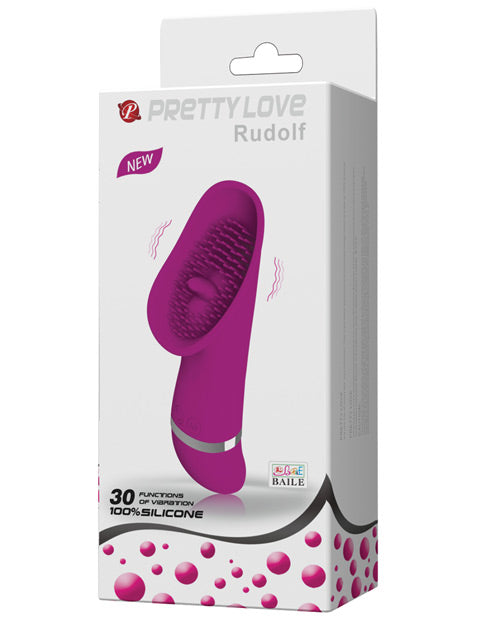What Are Realistic Silicone Dildos_Material Benefits_Purchasing Considerations
Exploring the world of adult products requires understanding the nuances of materials, safety standards, and user preferences. Realistic silicone dildos represent a popular choice in modern intimacy tools due to their lifelike texture and durability. This 1,800-word guide examines their composition, application scenarios, and critical decision-making factors.
Material Composition and Functional Advantages
Realistic silicone dildos are crafted from medical-grade silicone, a hypoallergenic polymer recognized for its flexibility and heat retention properties. Unlike jelly or rubber alternatives, silicone contains no phthalates, making it safer for prolonged skin contact. The material’s smooth surface mimics human skin texture while resisting bacterial growth—a crucial feature for hygienic use. Manufacturers often layer multiple silicone densities to create weighted realism, with some models containing internal structures resembling bone or muscle tissue.Market Demand and Design Evolution
The global adult toy industry reports 7% annual growth, with silicone-based products accounting for 42% of dildo sales. This surge correlates with increased awareness of material safety and aesthetic preferences. Modern designs replicate anatomical precision through 3D scanning technology, while texture enhancements like ribbed or veined patterns cater to diverse sensory needs. Eco-conscious consumers now access phthalate-free options with recyclable packaging, reflecting shifting industry priorities.Selection Criteria for Optimal Performance
Choosing a realistic silicone dildo requires evaluating three core parameters: Certification Compliance: Verify FDA-listed or CE-marked products to ensure chemical safety Texture Authenticity: Prioritize multi-layered molds over solid silicone for tactile accuracy Base Design: Select harness-compatible models with flared ends for secure positioningSpecialized retailers offer size guides comparing girth measurements to common household objects, aiding novices in selecting appropriate dimensions. Temperature-retentive variants can be warmed in water for enhanced realism, though users should avoid extreme heat to prevent material degradation.
Maintenance Protocols for Longevity
Proper care extends product lifespan while preventing bacterial buildup. After each use, clean silicone dildos with warm water and mild soap—avoid alcohol-based sanitizers that degrade polymers. Air-drying on a non-abrasive surface prevents micro-scratches. Storage in breathable fabric pouches maintains elasticity better than sealed plastic containers. Users should retire toys showing persistent discoloration or surface cracking, as these indicate material breakdown.Safety Risks and Mitigation Strategies
While generally safe, improper usage can compromise silicone integrity. Avoid oil-based lubricants that break down polymer chains, opting instead for water- or silicone-based alternatives. Overheating during cleaning weakens structural cohesion, increasing breakage risk. Users with sensitive skin should conduct patch tests before extended sessions, as trace oils in manufacturing occasionally remain.Alternatives and Comparative Analysis
Silicone dildos contrast with TPR (thermoplastic rubber) toys through superior stain resistance but may lack the latter’s firmer grip. Glass and stainless steel options provide temperature versatility but lack anatomical realism. For users prioritizing portability, soft vinyl toys offer lower cost but require more frequent replacement. Each material caters to distinct usage scenarios, emphasizing the need for informed selection.Ethical Considerations and Legal Frameworks
Some jurisdictions restrict realistic dildo sales under obscenity laws, necessitating market-specific research before purchase. Ethical manufacturers prioritize inclusive sizing and disability-friendly designs, recognizing diverse user needs. The rise of body-positive marketing campaigns challenges traditional stigma, promoting sexual wellness as fundamental human right.Technological Innovations and Future Trends
Smart dildos with haptic feedback and Bluetooth connectivity are redefining intimacy possibilities. These devices sync with companion apps to adjust vibration patterns based on biometric data, though they require robust cybersecurity protocols. Manufacturers experiment with thermochromic materials that change color with temperature, enhancing sensory engagement through dynamic visual feedback.Consumer Education and Misconception Addressing
Common myths about silicone toxicity persist despite FDA validations. Users often confuse food-grade and medical-grade variants, risking exposure to non-compliant materials. Educational initiatives emphasize checking product certifications and avoiding counterfeit items sold through unverified channels. Retailers play a pivotal role in dispelling misconceptions through transparent material breakdowns and usage tutorials.Psychological Impact and Relationship Dynamics
Realistic dildos serve dual purposes as solo pleasure tools and relationship enhancers. Studies indicate 68% of couples report improved communication after introducing anatomically accurate toys, citing enhanced exploration opportunities. Therapists incorporate them into treatment plans for addressing asexuality or trauma recovery, framing them as non-threatening intermediaries in intimacy development.Environmental Sustainability Practices
Eco-conscious brands now produce compostable silicone toys using recycled ocean plastics. Take-back programs allow users to send worn products for material reprocessing, reducing landfill waste. Certifications like Carbon Neutral validate sustainable manufacturing practices, appealing to environmentally aware consumers willing to pay premium prices for ethical brands.This comprehensive analysis equips readers to make informed decisions when selecting realistic silicone dildos. By prioritizing material safety, ergonomic design, and ethical considerations, consumers can enhance personal wellness while supporting responsible manufacturing practices. Continuous technological advancements promise to further revolutionize this evolving market segment.
